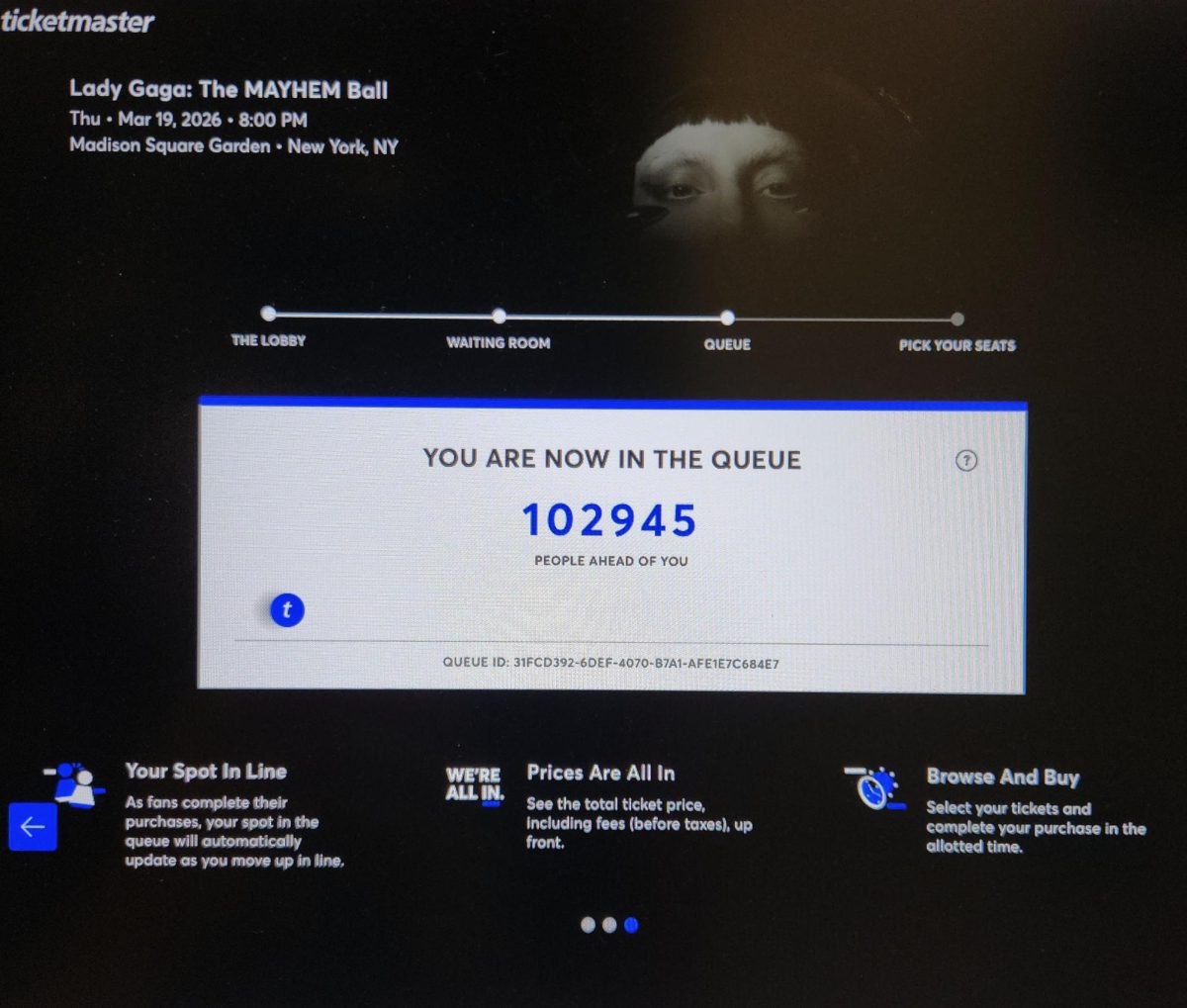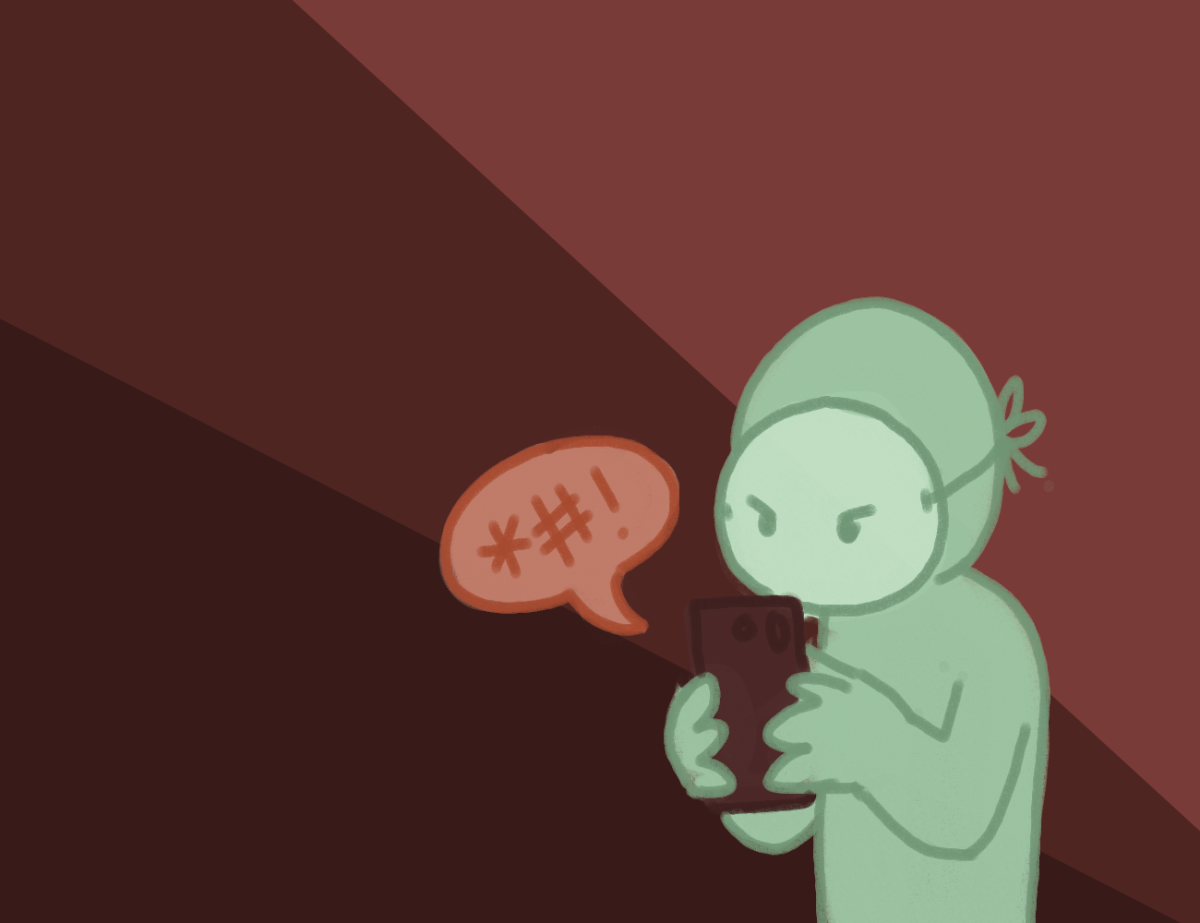In the summer of 1969, a woman under the alias of Jane Roe pursued a case against the Texas abortion law. The law stated abortions were only legal if the pregnancy was the result of rape or incest. There were three plaintiffs total in the lawsuit: Jane Roe (a single pregnant woman), a Mary and John Doe (one married couple) and Dr. Hallford (who faced criminal prosecution for violating the state abortion law).
Jane Roe was pregnant with her third child and attempted to obtain a legal abortion by stating she was raped. Since there were no documented allegations of her rape, Roe was unable to have an abortion. So she tried to have an illegal abortion, but she discovered the facilities for abortions had been shut down by the Texas government. With the help of attorneys Linda Coffee and Sarah Weddington, Jane Roe decided to take her case against the Texas government and demand reproductive rights for herself and future generations of women.
The Does, a married couple with no children, were filing an injunction against the enforcement of the laws based on the grounds that they were unconstitutional. Mary Doe had a neurochemical condition, and her doctor recommended that she not use birth control or become pregnant. The couple was using alternative birth control but was still afraid that she would become pregnant. They were also concerned about the effects of the statute, as it stated a woman could have an abortion only if it were to save her life. So while Mary Doe had a neurochemical condition that impaired her health, her physician assured her she would not die during pregnancy but should still refrain from becoming pregnant. The physician was unclear on how the statute would affect Mary Doe if she were to become pregnant and be unable to have a child.
The last plaintiff was Dr. Hallford, a doctor facing criminal prosecution for violating the state abortion law and who had been arrested several times for violating the law. Since the law was unclear about when abortion was legal, Dr. Hallford sought, in a federal court, declaratory and injunctive relief of the same statutes under which he stood charged in criminal prosecutions simultaneously pending in state court. Dr. Hallford’s business was suffering because he could not perform legal, safe abortions.
As attorney Sarah Weddington argued, “The court declared the Texas abortion law to be unconstitutional for two reasons: first, that the law was impermissibly vague, and, second, that it violated a woman’s right to continue or terminate a pregnancy.” The law was unclear for physicians, but it was unconstitutional for women.
The Roe v. Wade decision ruled in favor of Jane Roe and Dr. Hallford, but Mary and John Doe lost their case.The Court ruled 7-2 that a right to privacy under the due process clause of the 14th Amendment extended to a woman’s decision to have an abortion but that this right must be balanced against the state’s two legitimate interests in regulating abortions: protecting women’s health and protecting the potentiality of human life. The Court’s decision can be interpreted as a woman’s choice to have an abortion is her right and her right alone.
However, acquiring reproductive rights has been a long battle, not just in America, but across the world. Women have been sterilized without consent. Women have been subject to genital mutilation. Women cannot decide whether they want to have a child. Today, Roe v. Wade’s precedent might be reversed thanks to the Whole Woman’s Health v. Hellerstedt case that just made it to the Supreme Court.
Whole Woman’s Health v. Hellerstedt is the biggest abortion case since 1992, and there are currently three female justices on the court. In 2013, Governor Rick Perry signed the House Bill 2 law. HB2 has two provisions: one that requires abortion clinics to meet the building standards of surgical centers, including specific hall widths and heating,ventilation and air systems, and a second that requires doctors to have admitting privileges at local hospitals. In other words, the doctors must be allowed to “work” at a hospital that does not have any incentive to allow an abortion provider to admit patients.
HB2 will drastically change the decision of Roe v. Wade, and it has implications for women’s reproductive health. HB2 has caused most clinics to close down, making both abortions and standard affordable female reproductive care ridiculously hard to get. HB2 is an opportunity for legislators to shut down clinics like Planned Parenthood within state borders. Doctors, ethicists, theologians, educators and medical experts have declared the provisions of HB2 medically unnecessary. Anti-abortion activists and legislators have argued that the law will protect women and ensure quality care for women.
Contrary to that belief, HB2 will not do anything to protect women and ensure quality care. It is a trap to close abortion clinics. There is no justification for this law. If clinics like Planned Parenthood are indeed shut down. These closings will be a dangerous situation for women, especially for women from lower socioeconomic backgrounds. They will have to travel to major cities in Texas, or outside Texas borders. Texas laws should be actively pursuing healthcare options for women, regardless of what the legislators and pro-life advocates believe is right.
A woman has the constitutional right to choose what she does with her body. As Ruth Ginsburg argued, “If your argument is right, then New Mexico is not an available way out for Texas, because Texas says: To protect our women, we need these things. But send women in the El Paso area off to New Mexico and that’s perfectly all right. If that’s all right for the women in the El Paso area, why isn’t it right for the rest of the women in Texas?” Ding ding ding. Texas is not really protecting women. The state is doing a disservice to women. But Texan women are fighting, and they are fighting hard. Considered the court’s matriarch, Ruth Ginsburg halted Keller, the Texas Solicitor General, in his tracks with her question. HB2 will place an undue burden on all women across the state of Texas.
Unfortunately, there is a glitch in the Supreme Court. With four justices on the court, it might be a 4-4 vote, or there might be a swing vote since the fearless conservative Scalia is no longer on the court. With three female justices on the court, there is hope that it might rule against the HB2 law, and women will have access to safe, legal abortions. Justice Anthony Kennedy even questioned the point of the law and wondered aloud if it was medically unwise for Texas to pursue this law. Kennedy might just be the swing vote for this case.
However, the case is not about debating appropriate abortion regulation, but rather whether this specific regulation unduly burdens a woman’s choice, a constitutional choice that the Court secured in the 1992 Planned Parenthood v. Casey decision. The decision for this case will not be released until June, but it may go back down to a lower court if the decision is split 4-4.







Zoe Henderson • Sep 11, 2019 at 10:12 am
Hello! I simply wish to give an enormous thumbs up for the nice info you may have here on this post. I will be coming back to your blog for more soon.
Warren Dyer • Sep 10, 2019 at 4:53 am
I am happy to see this you tube video at this site, therefore right now I am also going to upload all my video clips at YouTube web site.
Warren Langdon • Sep 8, 2019 at 3:40 pm
All right you are true, YouTube is most excellent video sharing site, since YouTube is a lightly no much streaming time rather than other web pages.